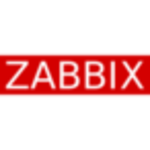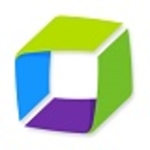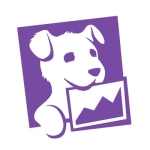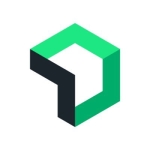What is our primary use case?
We use this product for the public sector and for really big data centers and infrastructure.
How has it helped my organization?
We implemented it for a big bank in Morocco and it monitors all the web interface interfaces. It also monitors solutions like Salesforce, SAP, these kinds of solutions, and it describes the problem really from the root.
What is most valuable?
You can use one module for each server, for each application, and for each API.
It can monitor the income and the outcome. For example, when you have a website that has online payments, if there are bugs in the online payment for the provider, it will check it, see the problem, and send you an alert.
If the development team makes a mistake with this tool, it points really the mistake and sends it to the manager and it provides also a solution too, as it monitors the code. It provides solutions to make the code more effective.
The initial setup is simple.
With the solution you can put add-ons on it and it's very customizable. You can customize it easily. If you want something that the tool doesn't have, you can add it easily.
It is stable.
The solution can scale.
What needs improvement?
Compared to Dynatrace, which is the biggest competitor to AppDynamics, Dynatrace is a one-agent tool. You don't have to put an agent in every single server or app. However, the monitoring is less effective in Dynatrace. If AppDynamics could do a one-agent function with their actual monitoring effectiveness, it will be the greatest tool.
For how long have I used the solution?
I've been dealing with the solution for two years now.
What do I think about the stability of the solution?
The solution is stable. It's reliable. There are no bugs or glitches. It doesn't crash or freeze.
What do I think about the scalability of the solution?
The product is scalable. 30% of our team uses the solution. They are IT experts and they are DevOps. You have to know how to code and you have to know how to deal with infrastructure servers, et cetera, and you have to know how to put KPIs and everything that the client needs into place.
I'm not sure if clients have any plans to increase usage at this time.
How are customer service and support?
Technical support is very, very good.
Which solution did I use previously and why did I switch?
I'm also familiar with Dynatrace.
How was the initial setup?
The implementation is straightforward. There may be a bit of complexity here and there. You just have to buy the license with the number of agents that you want to install. It's more complex than the Dynatrace setup. It's complex in terms of the fact that you have to know the tool and you have to know how to code. If you want to customize it, you have to know development also, those parts can be very complex, or more complex than Dynatrace, for example.
The deployment takes from one to six months.
The implementation strategy is, first, we take notice of the entire IT infrastructure, the entire digital environment. When the audit is complete, then we proceed to the tool installation.
We have ten people that can handle deployment and maintenance tasks.
What about the implementation team?
Most of the implementation was handled in-house. We have a delivery center in Tunisia that can handle the setup. We provide assistance to our clients.
What was our ROI?
Clients have seen an ROI. For example, we had a client who had to troubleshoot a website and its banking application, and it was buggy all the time. It was not working. I was a client of this bank. Since we implemented this solution, it's been one of the best banking apps in Morocco.
They had great ROI in terms of client satisfaction. For the user, the banking administration processes are easier. You do everything on the app, which now works well.
The return on investment is huge.
What's my experience with pricing, setup cost, and licensing?
The licensing is paid yearly. It depends on the size of the environment, and the number of apps or IT infrastructure that is monitored. It can cost from $30,000 to $500,000. Larger companies, like, for example, Facebook or Amazon, would likely one million dollars. It really depends on the size of the company.
There are some add-ons to put back robots that make tests on the website on something, to see if there is some risk, bugs, or whatever could damage the website.
Which other solutions did I evaluate?
We didn't evaluate other options.
What other advice do I have?
We're resellers.
We deal with various versions of the product. The on-premises deployment we had we stopped using a few months ago. Now, we only deal with SaaS deployments.
In this digital era, this tool is not nice to have, it's a must have. If a company works 100% on digital and they have websites to make SaaS solutions, everything which is on internet can be hacked, can have bugs, et cetera. This tool is really the tool that you must have to prevent this type of risk.
I'd rate the solution eight out of ten.
Which deployment model are you using for this solution?
Public Cloud
Disclosure: My company has a business relationship with this vendor other than being a customer. Reseller





















